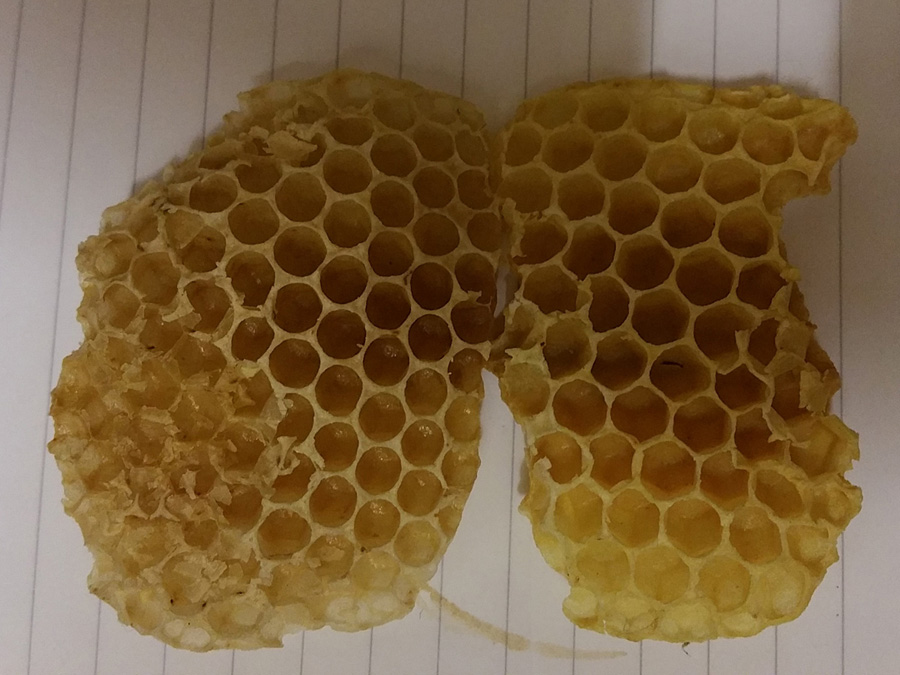mr_so
New Bee
- Joined
- Dec 31, 2014
- Messages
- 24
- Reaction score
- 0
- Location
- Torbay, Devon
- Hive Type
- Commercial
- Number of Hives
- 16
These bits of comb were taken from different hives during the last few weeks, tonight my wife noticed that the cells on one were larger than those in the other, is this just normal variation? Both of the combs were built in ekes above the crown board while feeding 2:1 syrup if that makes any difference.. The cells on the left are about 6.5mm across, on the right about 5mm.



















































